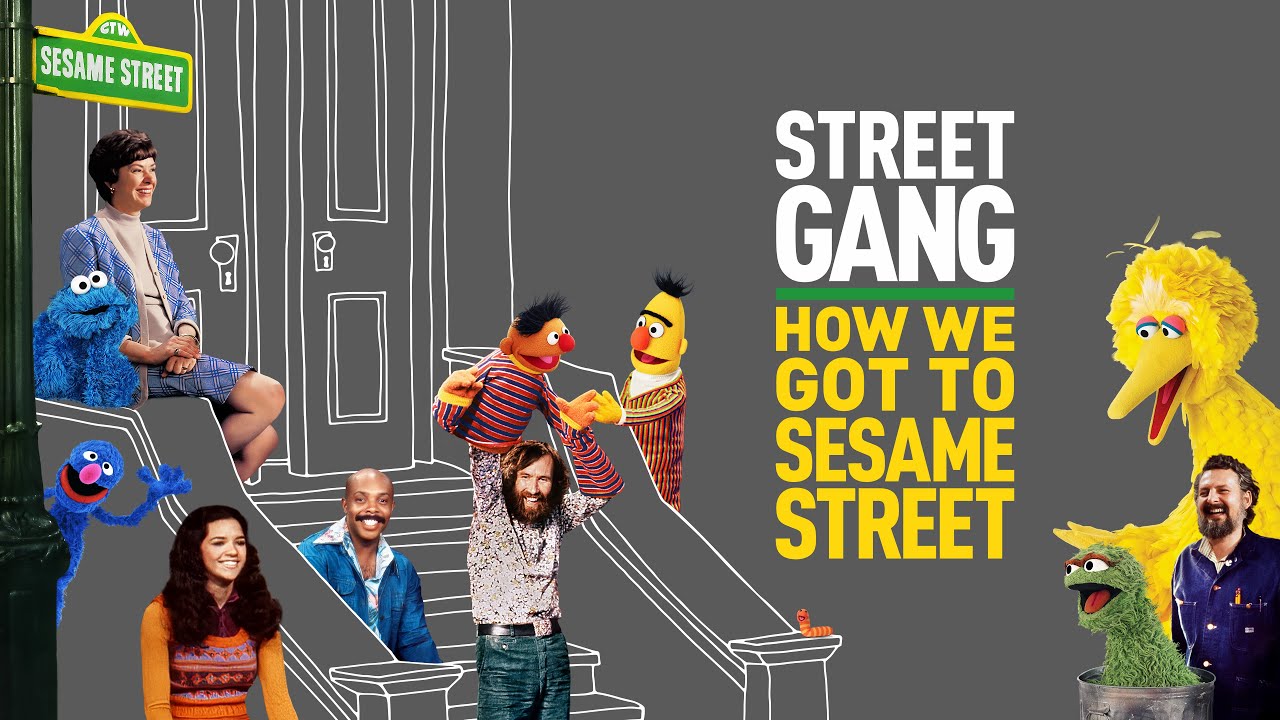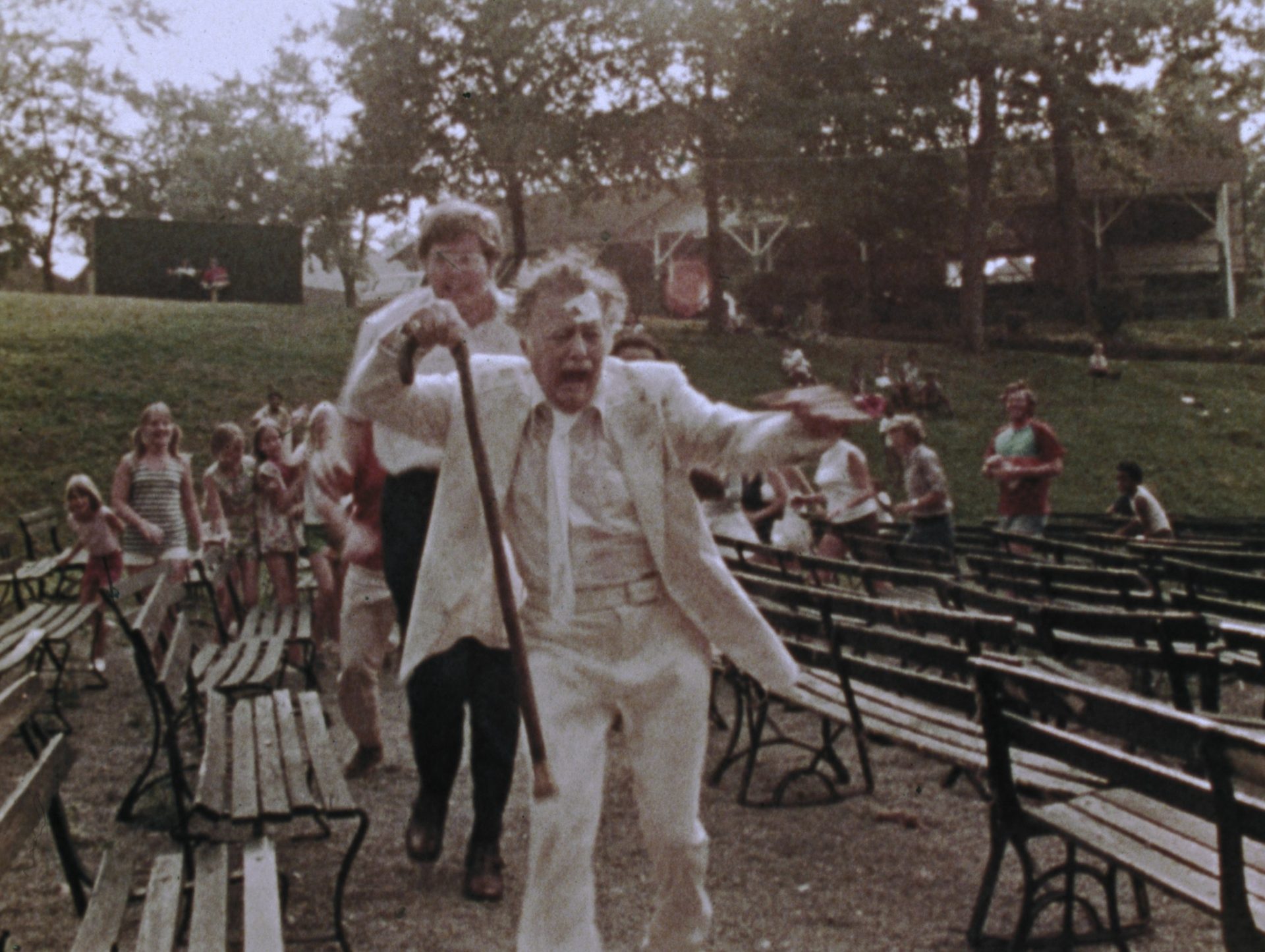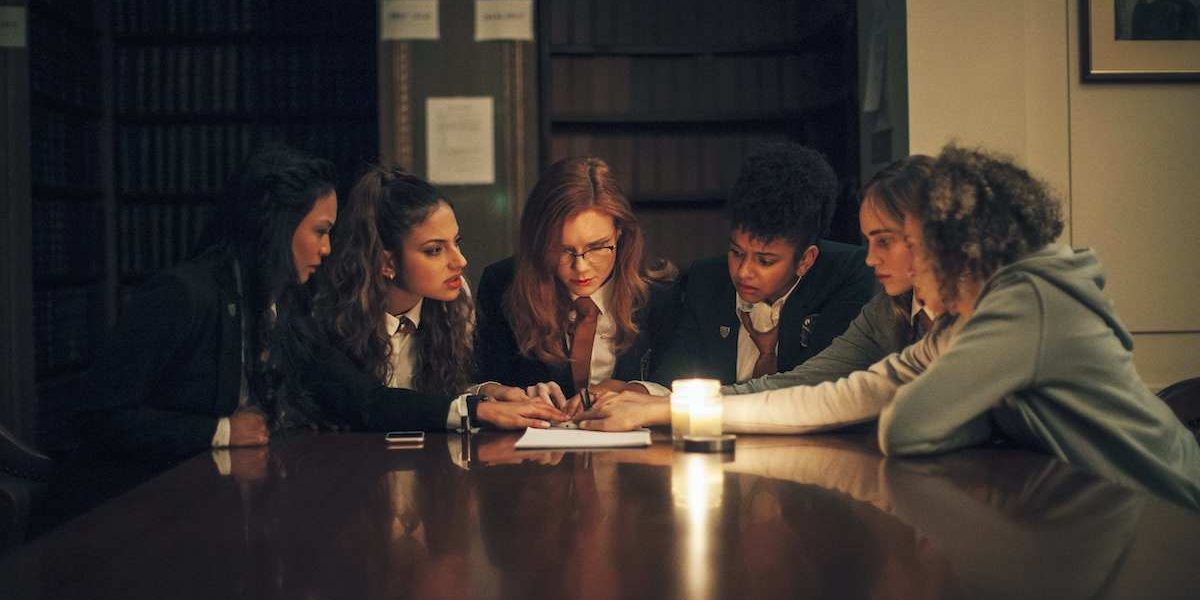Medical horror never lacks for really bad doctors: mad scientists, evil geniuses, or just people with more ambition than skill. What these particular folks can do with a scalpel, some thread, and a little imagination impresses. That is to say that it leaves an impression, often on unwilling patients. Here is our list of the best horror films about involuntary surgery.
6. The Human Centipede (First Sequence) (2009)
After a handful of middling Dutch comedies, Tom Six stumbled upon inspiration – 100% medically accurate inspiration. Yes, we mean the Human Centipede. Just the First Sequence makes the list, though.
For a lot of viewers, the Human Centipede films are needlessly gory and over-the-top with no real merit. But for some, Six is onto something. His first effort uses a very traditional horror storyline – two pretty American girls have a vehicular breakdown and find peril – and takes that plot in an unusual direction. But where most horror filmmakers would finish their work as the victims wake up and find themselves sewn together, mouth to anus, this is actually where Six almost begins.
Although the film mines something primal about being helpless in the hands of surgeons and doctors, it’s Dieter Laser and his committed, insane performance that elevates the work. That and your own unholy desire to see what happens to the newly conjoined tourists.
5. Tusk (2014)
The basic idea for this film came from one of writer/director Kevin Smith’s actual podcasts. He found online a letter from a man seeking a lodger, and read it aloud and mocked the man. But somewhere in all that, Smith found the story of a man losing his humanity.
Tusk is a comic riff on The Human Centipede. It’s also an insightful kind of stress dream, so close to home for Smith that, even with all its utter ludicrousness, it feels almost confessional.
The film’s greatest strength is a hypnotic performance by Michael Parks as the old seafarer with nefarious motives. He’s magnificent, and co-star Justin Long’s work is strongest when the two share the screen.
There is no film quite like Tusk, certainly not in Smith’s arsenal, which, I suppose, means this is not a traditional Kevin Smith Movie. And yet, there’s more Smith in this film than in anything else he’s made.
4. American Mary (2012)
Jen and Sylvia Soska have written and directed a smart, twisted tale of cosmetic surgery – both elective and involuntary.
Katharine Isabelle (Ginger Snaps) stars as med student Mary Mason, a bright and eerily dedicated future surgeon who’s having some trouble paying the bills. She falls in with an unusual crowd, develops some skills, and becomes a person you don’t want to piss off.
The Soskas’ screenplay is as savvy as they come, clean and unpretentious but informed by gender politics and changing paradigms. They also prove skilled at drawing strong performances across the board. Isabelle is masterful, performing without judgment and creating a multi-dimensional central figure. Antonio Cupo also impresses as the unexpectedly layered yet certainly creepy strip club owner.
Were it not for all those amputations and mutilations, this wouldn’t be a horror film at all. It’s a bit like a noir turned inside out, where we share the point of view of the raven-haired dame who’s nothin’ but trouble. It’s a unique and refreshing approach that pays off.
3. Excision (2012)
Outcast Pauline (a very committed AnnaLynne McCord) is a budding surgeon. She’s not much of a student, actually, but she does have an affinity for anatomy. Especially blood. Pauline really, really likes blood.
Her sister – the favorite, for good reasons, truth be told – is slowly dying. And somewhere in Pauline’s odyssey to lose her virginity, inspire her mother’s love and do the right thing, she always seems to do the wrongest possible thing.
Writer/director Richard Bates, Jr. takes an unusual course with this coming-of-age horror. I’m not sure we’ve seen it handled quite like this before, although to be fair, it’s definitely in keeping with the peculiar and beautifully realized character he and McCord have created.
2. Eyes Without a Face (1960)
The formula behind this film has been stolen and reformulated for dozens of lurid, low-brow exploitation films since 1960. In each, there is a mad doctor who sees his experiments as being of a higher order than the lowly lives they ruin; the doctor is assisted by a loyal, often non-traditionally attractive (some might say handsome) nurse; there are nubile young women who will soon be victimized, as well as a cellar full of the already victimized. But somehow, in this originator of that particular line of horror, the plot works seamlessly.
An awful lot of that success lies in the remarkable performances. Pierre Brasseur, as the stoic surgeon torn by guilt and weighed down by insecurities about his particular genius, brings a believable, subtle egomania to the part seldom seen in a mad scientist role.
Still, the power in the film is in the striking visuals that are the trademark of giant French filmmaker Georges Franju. His particular genius in this film gave us the elegantly haunting image of Dr. Genessier’s daughter Christiane (Edith Scob). Her graceful, waiflike presence haunts the entire film and elevates those final scenes to something wickedly sublime.
1. The Skin I Live In (2011)
In 2011, the great Pedro Almodovar created something like a cross between Eyes Without a Face and Lucky McGee’s The Woman, with all the breathtaking visual imagery and homosexual overtones you can expect from an Almodovar project.
The film begs for the least amount of summarization because every slow reveal is placed so perfectly within the film, and to share it in advance is to rob you of the joy of watching. Antonio Banderas gives a lovely, restrained performance as Dr. Robert Ledgard, and Elena Anaya and Marisa Paredes are spectacular.
Not a frame is wasted, not a single visual is placed unconsciously. Dripping with symbolism, the film takes a pulpy and ridiculous storyline and twists it into something marvelous to behold. Don’t dismiss this as a medical horror film. Pay attention – not just to catch the clues as the story unfolds, but more importantly, to catch the bigger picture Almodovar is creating.













